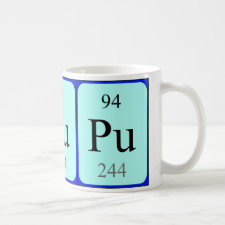
Authors: Chen W, Liu F, Xu YT, Li KA, Tong SY
Article Title: Molecular recognition of procainamide-imprinted polymer.
Publication date: 2001
Journal: Analytica Chimica Acta
Volume: 432
Issue: (2)
Page numbers: 277-282.
DOI: 10.1016/S0003-2670(00)01371-4
Abstract: A procainamide-specific polymer was prepared by molecular imprinting using methacrylic acid as a functional monomer. It was showed that the imprinted polymer was capable of recognizing the functional difference of amide group and ester group between procainamide and procaine. The procaine-imprinted polymer was also prepared using the same monomer in the same molar ratio of monomer/template, however, it had no such ability. The different molecular imprinting effect of the two molecules showed that changing an amide group for an ester made quite a difference in terms of hydrogen acceptor. The role of the functional groups of the templates in the formation of complementary interacting sites in the polymer and the role of the corresponding interacting sites in the subsequent molecular recognition, was carefully discussed. Accordingly, the mechanism of molecular recognition of this system was proposed. Acrylamide was also used as a functional monomer for the preparation of procainamide-imprinted polymer to be compared with methacrylic acid. It was confirmed that hydrogen bond played an important role in the selectivity of the imprinted polymers. (C) 2001 Elsevier Science B.V. All rights reserved



Join the Society for Molecular Imprinting

New items RSS feed
Sign-up for e-mail updates:
Choose between receiving an occasional newsletter or more frequent e-mail alerts.
Click here to go to the sign-up page.
Is your name elemental or peptidic? Enter your name and find out by clicking either of the buttons below!
Other products you may like:
 MIPdatabase
MIPdatabase









